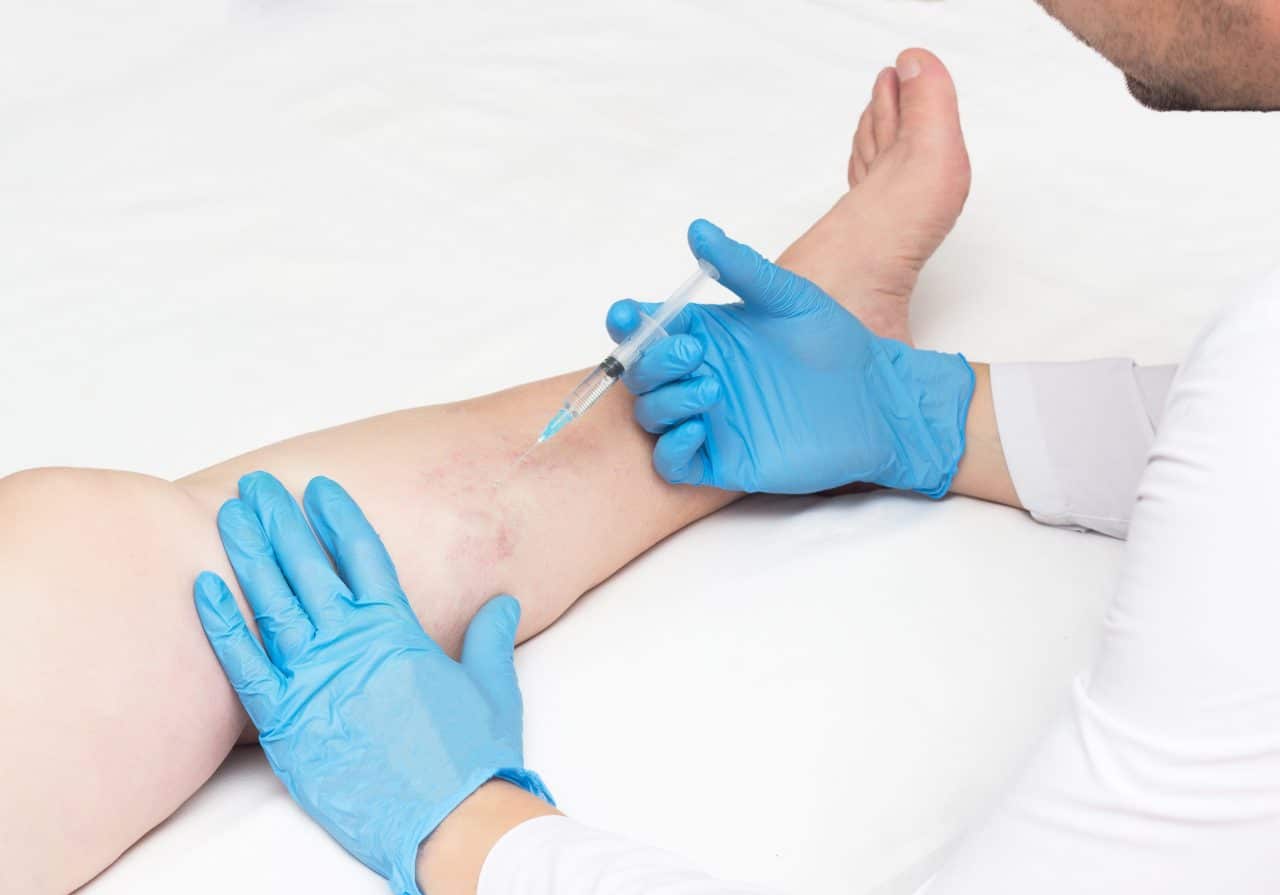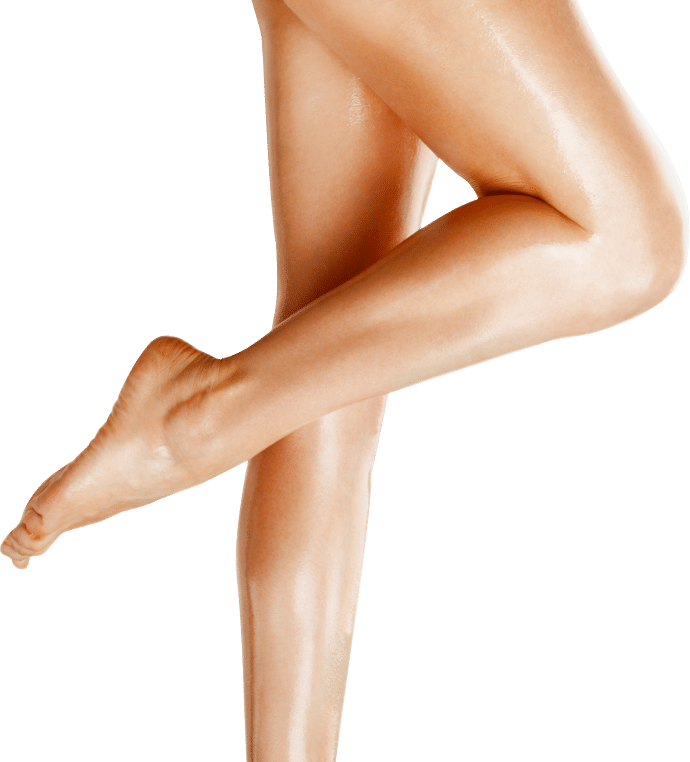Are Varicose Veins Covered by Insurance? When to See a Vascular Doctor
Varicose veins are a common medical condition that can cause significant discomfort and lead to more severe health issues if left untreated. Understanding whether your insurance will cover treatment for varicose veins and knowing when to seek the expertise of a vascular doctor are crucial steps in managing this condition. This article delves into these two essential aspects to provide clarity and guidance for those affected by varicose veins.
Understanding Varicose Veins
Varicose veins are swollen, twisted veins that usually appear on the legs. They occur when the valves in the veins that regulate blood flow become weak or damaged, causing blood to pool and the veins to enlarge. While many people consider varicose veins to be a cosmetic concern, they can also lead to significant discomfort and complications, such as leg pain, swelling, and skin ulcers.

Symptoms of Varicose Veins
Before exploring insurance coverage and when to see a doctor, it is essential to recognize the symptoms of varicose veins. Common symptoms include:
- Visible, bulging veins: The most obvious sign is the appearance of enlarged, twisted veins just beneath the surface of the skin.
- Aching or heavy legs: Many people experience a feeling of heaviness or aching in their legs, especially after prolonged periods of standing or sitting.
- Swelling: Varicose veins can cause swelling in the lower legs and ankles.
- Skin changes: Over time, varicose veins can lead to changes in the skin, such as discoloration, dryness, or the development of sores or ulcers.
Are Varicose Veins Covered by Insurance?
One of the primary concerns for individuals with varicose veins is whether their treatment will be covered by insurance. The answer to this question depends on several factors, including the severity of the condition and the specific insurance policy.
Medical Necessity vs. Cosmetic Treatment
Insurance companies typically differentiate between treatments deemed medically necessary and those considered cosmetic. Medically necessary treatments are usually covered, while cosmetic procedures often are not. In the case of varicose veins, insurance coverage often hinges on whether the condition is causing significant symptoms or complications.
- Medical necessity: If varicose veins are causing pain, swelling, ulcers, or other serious symptoms, treatment is more likely to be covered by insurance. This is because the condition is affecting your overall health and quality of life.
- Cosmetic concerns: If varicose veins are primarily a cosmetic issue without significant symptoms, insurance may not cover the treatment. However, it is still worth discussing with your insurance provider, as policies can vary.
Documentation and Pre-authorization
To determine coverage, insurance companies often require detailed documentation from your healthcare provider. This may include medical records, photographs of the affected area, and a description of your symptoms. Additionally, many insurers require pre-authorization for varicose vein treatments, meaning you need approval before undergoing the procedure.
- Consultation with a vascular doctor: A consultation with a vascular doctor can provide the necessary documentation and support your case for insurance coverage. The doctor can assess the severity of your condition, document symptoms, and recommend appropriate treatment options.
- Submitting claims: Once you have the required documentation, you or your healthcare provider can submit a claim to your insurance company. It is essential to follow up and ensure that all necessary paperwork is completed to avoid delays in coverage.
When to See a Vascular Doctor
Deciding when to see a vascular doctor for varicose veins can be challenging, especially if you are unsure about the severity of your symptoms. However, certain signs and symptoms indicate it is time to seek professional help.
Persistent Pain and Discomfort

If you experience persistent pain or discomfort in your legs due to varicose veins, it is time to consult a vascular doctor. Pain that interferes with your daily activities or quality of life should not be ignored. A vascular doctor can evaluate your condition and recommend treatments to alleviate your symptoms.
Swelling and Skin Changes
Swelling in the legs and ankles, especially if it is accompanied by skin changes such as discoloration or ulcers, warrants immediate medical attention. These symptoms can indicate more severe complications, such as chronic venous insufficiency or venous ulcers, which require prompt treatment to prevent further damage.
Non-responsive to Home Treatments
Many people try home remedies to manage varicose veins, such as wearing compression stockings, elevating their legs, and avoiding prolonged periods of standing or sitting. While these measures can provide relief, they may not be sufficient for everyone. If your symptoms persist or worsen despite trying home treatments, it is time to see a vascular doctor.
Family History of Vascular Issues
A family history of varicose veins or other vascular conditions increases your risk of developing similar issues. If you have a family history of vascular problems and notice the early signs of varicose veins, consulting a vascular doctor can help you take preventive measures and receive appropriate treatment before the condition worsens.
Recommendations for Professional Evaluation
When you decide to see a vascular doctor, you can expect a thorough evaluation of your condition. The doctor will perform a physical examination and may order additional tests, such as a Doppler ultrasound, to assess the blood flow in your veins and determine the severity of your varicose veins.
- Physical examination: The doctor will examine your legs, looking for visible signs of varicose veins, swelling, and skin changes. They will also ask about your symptoms, medical history, and any previous treatments you have tried.
- Doppler ultrasound: This non-invasive test uses sound waves to create images of the veins and assess blood flow. It can help identify any blockages or abnormalities in the veins, providing valuable information for treatment planning.
Treatment Options for Varicose Veins
Once a vascular doctor has evaluated your condition, they can recommend appropriate treatment options. The goal of treatment is to relieve symptoms, improve blood flow, and prevent complications. Treatment options for varicose veins vary depending on the severity of the condition and the individual's overall health.
Conservative Treatments
For mild to moderate varicose veins, conservative treatments are often the first line of defense. These treatments focus on managing symptoms and preventing the condition from worsening.
- Compression stockings: Wearing compression stockings can help improve blood flow and reduce swelling. These specially designed stockings apply pressure to the legs, promoting blood flow back to the heart.
- Lifestyle changes: Making certain lifestyle changes can also help manage varicose veins. This includes maintaining a healthy weight, exercising regularly, elevating your legs when resting, and avoiding prolonged periods of standing or sitting.
- Medications: In some cases, medications may be prescribed to alleviate symptoms such as pain and swelling. These medications can include anti-inflammatory drugs and pain relievers.
Minimally Invasive Procedures
If conservative treatments are not effective, or if the varicose veins are more severe, minimally invasive procedures may be recommended. These procedures are typically performed on an outpatient basis and involve minimal recovery time.
- Sclerotherapy: Sclerotherapy involves injecting a solution directly into the varicose veins, causing them to collapse and eventually fade away. This procedure is effective for smaller varicose veins and spider veins.
- Endovenous laser treatment (EVLT): EVLT uses laser energy to close off the affected veins. A thin laser fiber is inserted into the vein, and the laser energy heats the vein, causing it to collapse and seal shut. Blood is then rerouted to healthier veins.
- Radiofrequency ablation: Similar to EVLT, radiofrequency ablation uses radiofrequency energy to heat and close off the varicose veins. This procedure is effective for larger varicose veins and can be performed with local anesthesia.
Surgical Options
For severe varicose veins that do not respond to conservative or minimally invasive treatments, surgical options may be necessary. Surgery is typically reserved for cases where other treatments have failed or when complications such as ulcers or bleeding are present.
- Vein stripping: Vein stripping involves removing the affected veins through small incisions in the skin. This procedure is usually performed under general anesthesia and may require a short recovery period.
- Ambulatory phlebectomy: Ambulatory phlebectomy is a less invasive surgical procedure that involves removing varicose veins through tiny incisions. This procedure can be performed under local anesthesia and typically has a shorter recovery time compared to vein stripping.
Conclusion
Varicose veins are a common condition that can cause significant discomfort and lead to serious health issues if left untreated. Understanding whether your insurance will cover treatment and knowing when to see a vascular doctor are crucial steps in managing this condition effectively. By recognizing the symptoms, consulting with a vascular doctor, and exploring appropriate treatment options, you can take control of your vascular health and improve your quality of life. If you are experiencing symptoms of varicose veins or have concerns about insurance coverage, do not hesitate to seek professional advice and take proactive steps towards better vascular health.
Comments
Post a Comment